Advertisement
Building a model or working on a data project all begins with the dataset. A well-picked dataset gives you better performance and fewer roadblocks. A poor one? That just invites frustration. The good news is that ChatGPT can make this process smoother, faster, and, in some cases, more insightful than you'd expect. But how exactly do you use it for something as specific as selecting the right dataset? That's where a few smart steps come in.
Before anything else, ChatGPT needs a clear brief. Vague goals don’t produce sharp answers. Instead of asking, “Which dataset is good for sentiment analysis?” try something like, “I want to train a model that detects sarcasm in movie reviews. What kind of dataset should I use?”
The clearer your input, the more relevant the suggestions will be. You can even describe the intended output, such as the kind of predictions the model needs to make or the format in which you expect the data (CSV, JSON, etc.). Add constraints, if any — like "needs to be under 500MB” or “should contain social media posts.”
This helps ChatGPT recommend something that matches both the technical and practical sides of your project.

Rather than jumping to “what dataset should I use,” it often helps to first get ChatGPT to list what makes a dataset suitable for your case. For instance, if you're building a recommendation system for books, you can ask:
“What should I look for in a dataset meant for a book recommendation engine that uses collaborative filtering?”
You’ll likely get details such as:
Once you know what to look for, then you can ask ChatGPT to list datasets that match that list. This double-step helps you filter out general responses and instead zoom in on ones that actually match your use case.
Once you’ve found a list of possible datasets, the next challenge is figuring out which one’s actually worth your time. Instead of sifting through GitHub or Kaggle manually, you can run a quick comparison through ChatGPT.
Feed it two or three dataset names (with links if needed), and ask something like:
“Compare these datasets in terms of update frequency, data variety, and documentation quality.”
You'd be surprised how much contextual detail you can get out of this. ChatGPT won't always have real-time metadata, but it can still analyze the surrounding factors — for example, if a dataset is hosted by an academic lab that's known for thorough documentation or if it's been part of a benchmark competition, which usually means better curation.
You can even take it further:
“Which of these is more suitable for a model that prioritizes user diversity over accuracy?”
Now, you're not just comparing datasets — you're weighing them based on what matters most to your project. And that sort of filtering is where ChatGPT stands out.
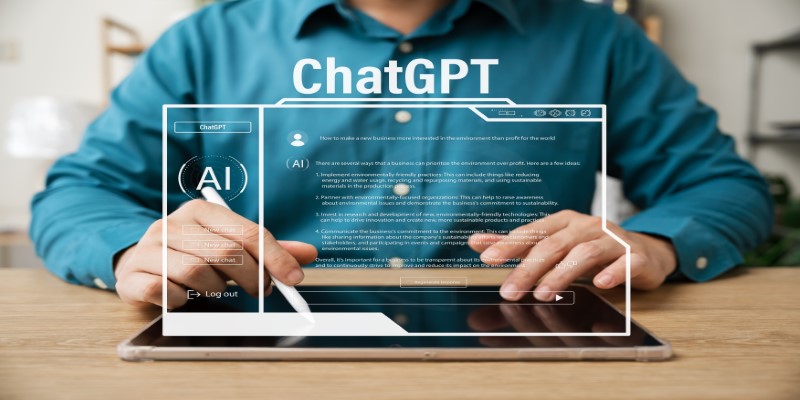
Another practical way to evaluate dataset fit is by testing how much cleanup or restructuring it needs. You can ask ChatGPT to walk you through the steps it would take to make a certain dataset usable.
Here’s an example:
"I'm planning to use the 'Amazon Product Reviews' dataset to fine-tune a sentiment model. What are the main preprocessing steps I'll need?"
ChatGPT might tell you that you’ll need to:
From here, you can judge whether the dataset is plug-and-play or if it needs more time than you’re willing to spend cleaning it up. You can also ask for code snippets — which saves time when testing feasibility.
Even better, if you have specific formats in mind (like needing columns for both ‘review text’ and ‘review sentiment’ in labeled form), you can ask:
“Does this dataset come with labeled sentiment data, or would I need to infer it myself?”
This kind of pre-check keeps you from investing time in a dataset that sounds useful on the surface but doesn’t hold up once you dig into it.
Sometimes, you already have a dataset in mind—or maybe even downloaded it—but you’re not fully sure if it’s the right choice. Instead of diving into cleaning or labeling right away, you can ask ChatGPT to act like a dry run assistant. Think of it as a pre-commit test.
You can do this by giving a sample from the dataset (a few rows or an excerpt) and asking:
“If I wanted to use this dataset to build a model that predicts [X], does this sample give enough context?”
Or:
“Based on this sample, what kind of ML task is most suited—classification, clustering, or something else?”
ChatGPT can help you understand whether your goal is aligned with what the data can actually offer. Sometimes, you'll realize the dataset's granularity is too shallow, or the labels are too sparse. Other times, ChatGPT might suggest a totally different task that better fits the structure of your dataset—one you hadn't even considered.
You can also ask:
“Does this dataset support fine-tuning a language model?”
or
“Can this structure work with time-series forecasting?”
These quick previews help you avoid going down the wrong path and save hours of testing later.
Selecting a dataset isn't just about what looks popular or has thousands of downloads. It’s about finding what aligns with your goals, fits your workflow, and offers clean, usable data. That process used to involve hours of skimming through documentation and scanning Reddit threads for clues. Now, with the right prompts, ChatGPT helps narrow things down faster and more accurately.
So whether you're building a model that predicts product returns or training one to identify music genres from lyrics, ChatGPT can save you time and missteps — as long as you ask it the right way.
Advertisement
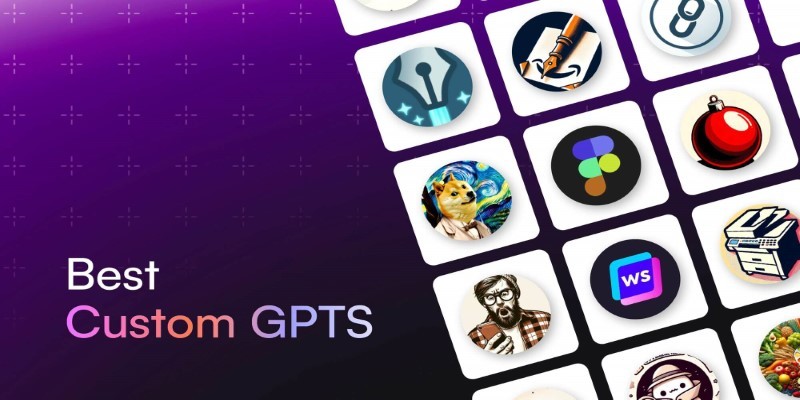
Looking for AI tools that actually help? These 8 custom GPTs are ready to use right away and designed to simplify tasks, solve problems, and speed up your work.

Wish you had a smarter way to learn games or create images? ChatGPT’s “My GPT” bots can help you do all that and more—with no coding or tech skills required

Say goodbye to small coding errors and hello to GitHub’s Autofix. Learn how this AI-powered feature automatically finds and fixes bugs, saving time and boosting your code quality
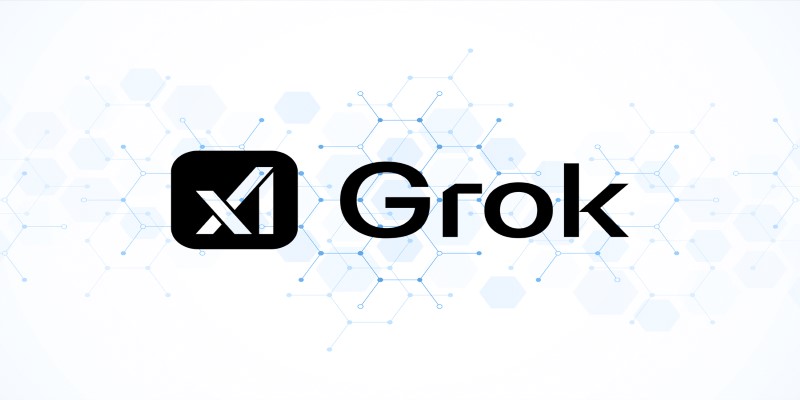
Heard about Grok but not sure what it does or why it’s different? Find out how much it costs, who can use it, and whether this edgy AI chatbot is the right fit for you

Wondering how people actually get good at working with large language models? Start with these seven straightforward steps that show you what matters and what doesn’t

Empower sales teams with AI-driven automation, data insights, and personalized strategies to boost staff performance and results

From solving homework problems to identifying unknown objects, ChatGPT Vision helps you understand images in practical, everyday ways. Here are 8 useful ways to try it

Learn why exploding interest in GenAI makes AI governance more important than ever before.

Trying to manage project timelines more easily? Learn how to create clear, customizable Gantt charts in Python with Matplotlib and Plotly, no expensive tools needed
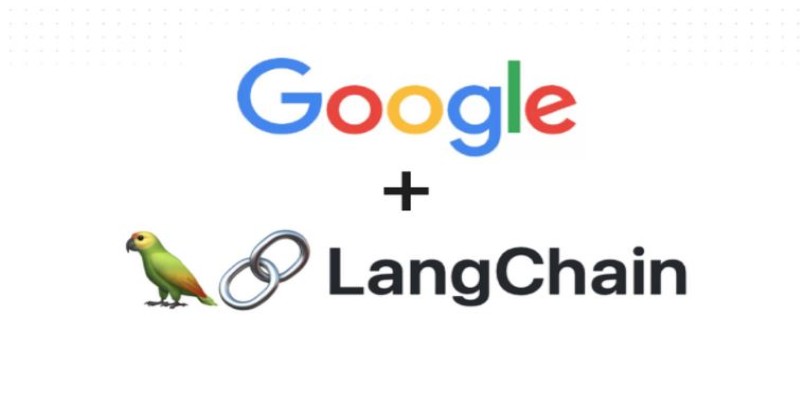
Tired of endless searching and clicking? See how LangChain and Google Search API can automate web research and deliver real results without the hassle
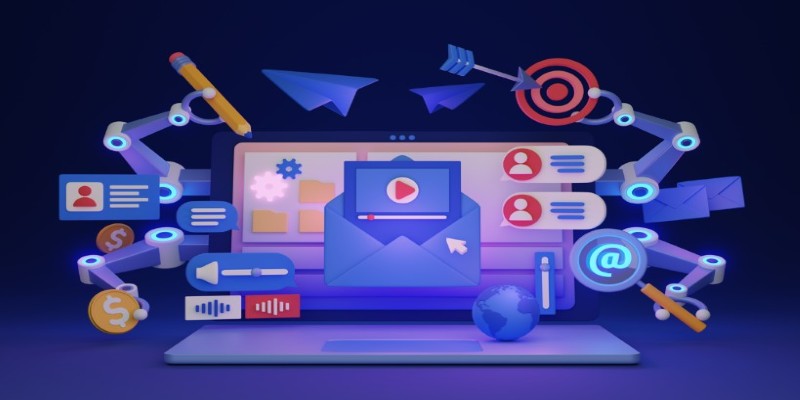
Struggling to keep up with social media content? These AI tools can help you write better, plan faster, and stay consistent without feeling overwhelmed
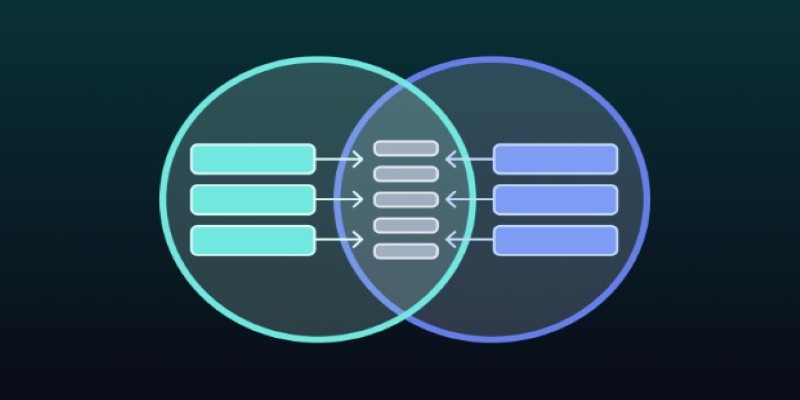
Need to merge tables in SQL but not sure which method fits best? This guide breaks down 11 practical ways to combine tables, making it easier to get the exact results you need without any confusion